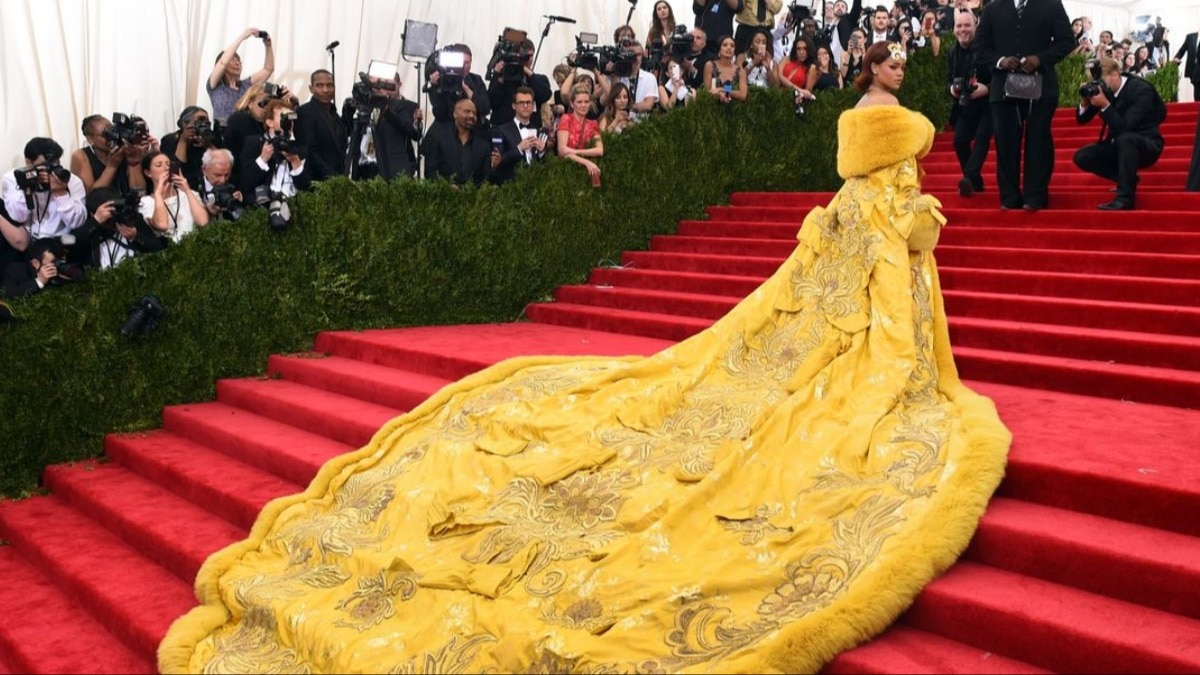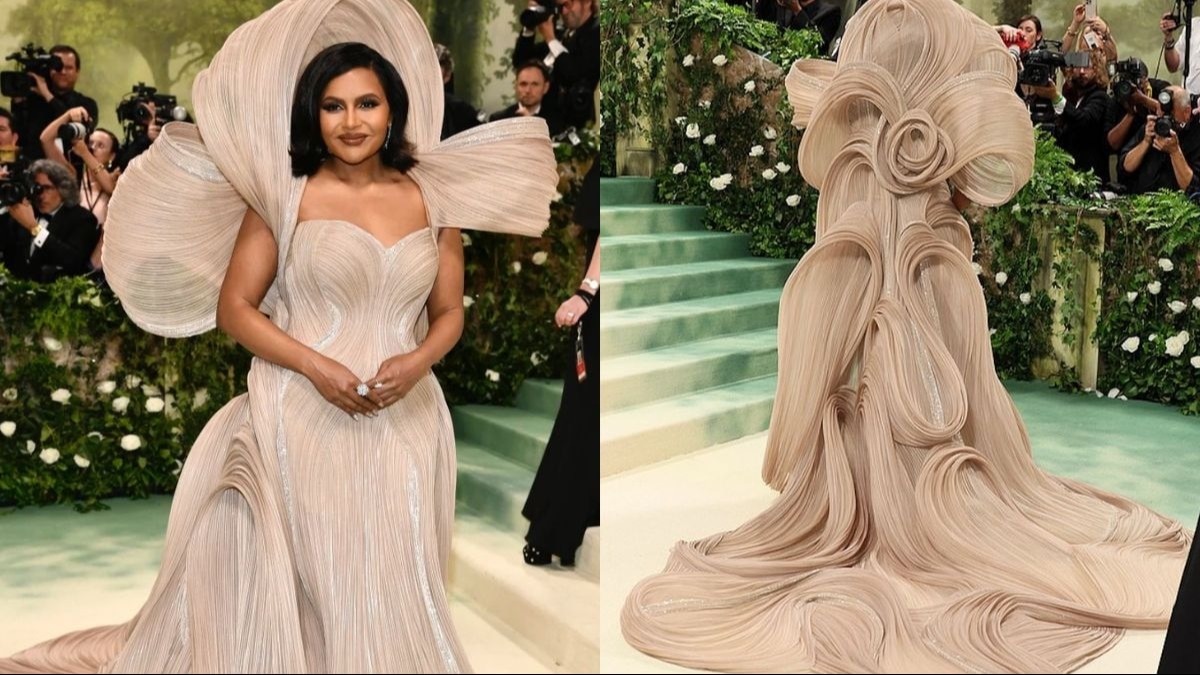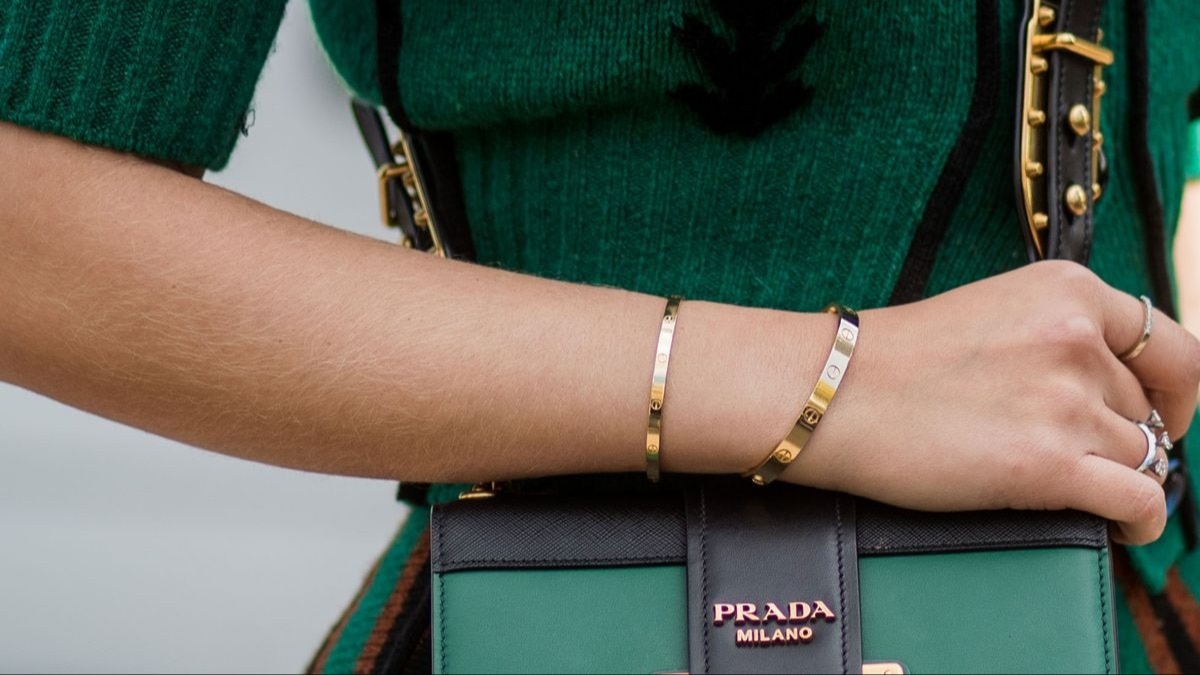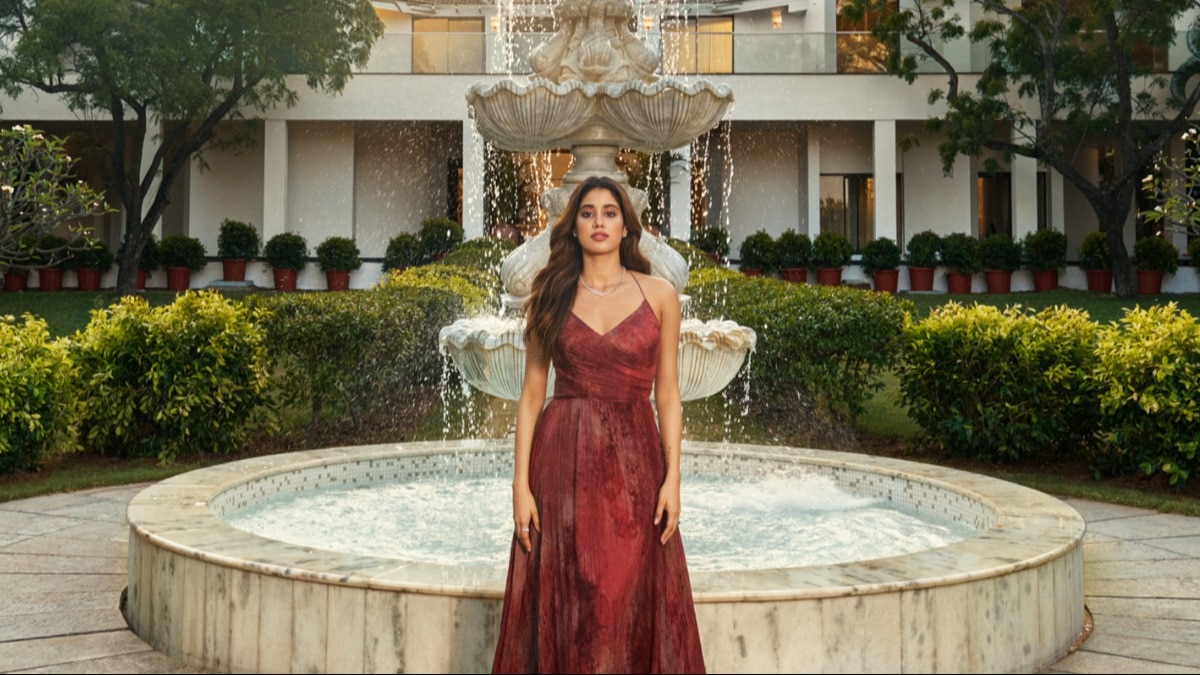
The history of paisley: Tracing the making of the 'buta'
Paisley is a motif so symbolic yet so diluted by its repetition across the fields of design that its Indo-Persian origins are all but obscured. Nonetheless, it represents the trajectory of complex global and cultural entanglements.


Understanding what exactly led to paisley’s rebirth as a symbol of alternative culture is a herculean task of cultural archeology, a small part of which is attempted here. After the Kashmir shawl’s demise in the 1870s, many of these costly items no longer fashionable were stored in trunks, later often refashioned into waistcoats and jackets. The French visite is a perfect example of this. The Arts and Crafts movement and Arthur Lazenbury Liberty, who founded the eponymous Liberty store in London, were essential to translating paisley into a readily comprehensible visual motif for the twentieth-century decorative arts. The associations between paisley and the Arts and Crafts movement undoubtedly helped fuel paisley’s bohemian associations that led to its adoption by hippies in the 1960s. It is somewhat ironic that the paisley motif, so bound up in the luxurious, costly and highly prized consumer items of Kashmir shawls that mirror colonial expansion, should go on to gain Bohemian connotations leading to its adoption by a counter-culture that railed against Western materialism.
Peacock Revolution and paisley power
By the 1950s, the era of Empire was over and post-World War II Europe was changed forever. Yet India continued to play a key role in the social imagination as the picturesque ideal or prospect of India became bound up in utopian visions of postwar society. Women had entered the workplace through necessity when so many men were fighting, and losing their lives, in enemy territory. Now women refused to return to their previously sequestered place in society. Social transformation and political revolution were in the air.

The American Marshall Plan of 1948–52, aimed to rebuild devastated European economies, and set off unprecedented industrial growth and availability of consumer goods in a major economic boom that was to last for the next thirty years. For the generation born in the first decade after the war, the generational moniker ‘baby boomers’ reflected the spurt in the birth rate in this decade. These ‘baby boomers’ experienced social, cultural and gendered freedoms unimaginable for their parents. Television became widely available in homes across Western Europe and America, bringing new ideas and political debate into the heart of people’s homes. Many individuals began to question the status quo that had dragged their countries and loved ones into war. They were also living during a time when Cold War politics prevailed and the nuclear threat loomed. These individuals sought answers to how they could avoid making the mistakes of previous generations, and as always, it was to the East they turned to for answers.
Beats, Beatniks, and hippies
The Beats such as Ginsberg, and the Beatniks after them, had set off a new era of fascination with India in the West. As the 1960s exploded in reactionary and revolutionary fervour, to be at the cusp of all things new was to be ‘hip’. These ‘hippies’, out of their fascination with all things Indian, created a subculture that persists to this day in tourist hotspots such as Goa, Rajasthan and Himachal Pradesh; and dance, music and social scenes across the world. Fashion of the 1960s and ’70s was influenced by the hippies and counter-cultural movements and paisley became a ubiquitous part of the language of fashion. Today, paisley is synonymous with this era, a shorthand code for the bohemian. When, for example, Mary Katrantzou cited 1960s inspiration for her pre-fall 2015 collection, she used an image of a model with swirling paisley images projected onto her body.
In 1968, the Beatles travelled to Rishikesh. Here they studied ‘transcendental meditation’ with Maharishi Mahesh Yogi. Their Indian trip was the centre of global press attention, but it was also a time of great productivity for the band. Countless media images of the Beatles in India wearing bright paisley shirts helped popularize paisley as part of the ‘hippie’ look. In the ’60s, Eastern mysticism became a full-blown counter-cultural phenomenon. After their India visit, there was a rapid expansion in the interest in Hinduism–young people were already heading East on the so-called ‘Hippie Trail’, looking for spiritual enlightenment and an escape from the material lifestyle of the West. The lifestyle they adopted included living in ashrams, ayurvedic medicine and yoga and experimenting with drugs. Psychedelia and paisley became synonymous with one another. Paisley’s curving forms and endless possibilities for design variation became a perfect visual metaphor for the altered, expansive states of consciousness that drugs were believed to induce.
The so-called ‘Summer of Love’ in 1967 created a ‘Dionysian mini-world’ in a small part of San Francisco, Haight-Ashbury. It was a ‘Peer-driven season of glamour, ecstasy and utopianism’, an alternative ‘American dream’ fuelled by acid and eastern mysticism with ‘Gurus’ such as T. Leary, Richard Alpert, and later Ram Das (Be Here Now 1971) and Hindu Guru Neem Karoli Baba, at its helm. During this era, fashion shed any inhibition with regard to colour or restraint of line. It was also in this era that, as Adam Geczy writes:…paisley achieved mass appeal. Finding itself everywhere, it imprinted a generation thirsty for Eastern religion and anything that preached peaceful alternatives to Cold War tension and hypocrisy.
What is undeniable about the 1960s and the wild fashions of the hippies, is their influence on the fashion industry. Although the counter-culture aimed to subvert and overturn orthodox society, at the same time, the advertising industry saw the promise of this revolution for a raised fashion awareness in wider society. By 1967, the fervour for revolution was fast appropriated into the marketing language of newness, sex appeal and trendiness that celebrated the shifts taking place in men’s fashion as a form of individuality, even as it proffered formulaic and commodified ways of attaining this. This was the birth of what is now generally recognized as fashion’s obsession with youth culture.
In the 1960s, along with the hippies and rock stars who wore paisley, the ‘youthquake’ and birth of a new group of young consumers went hand in hand with the birth of readytowear and a new group of young designers including, Mary Quant, Mr Fish, Thea Porter, Ossie Clarke, Celia Birtwell and Barbara Hulanicki and her chain of boutiques under the name BIBA. Two Italian labels that also took the paisley motif to their heart were Pucci and Etro, reuniting paisley with its associations with the highest artisanal crafts and luxury. The late musician Prince paid tribute to paisley’s rockandroll history in his creation of the Paisley Park Records recording label and establishment of Paisley Park Studios in Minnesota. Both were named after his 1986 song ‘Paisley Park’ which had a psychedelic mood, referencing the Beatles’ later work with echoed guitar. Paisley Park’s lyrics describe a utopia that can be felt in the heart, no matter the chaos of the world around. The record’s cover and label featured a swirling paisley motif.

As the 1960s morphed into the ’70s and then ’80s, so paisley retained its consistency as a symbol of what it meant to be ‘counter-cultural’, with each generation assimilating its visual code into their own distinctive styles.
Craft/mass production
The accretion of these cultural appropriations of paisley over the decades in tandem with its reproduction in fashion imagery has condensed the bohemian and spiritual association of India into this one motif. By the new millennium, paisley’s absorption into a corporatized fashion system seemed complete, cemented by the popularity of celebrity figures such as Sienna Miller and Kate Moss whose personal style embodied the bohemian hippie spirit that was rapidly commodified by fast fashion brands into ‘festival chic’. Cheap bucket flights and holiday packages provided the gateway to unprecedented levels of travel to ‘exotic’ destinations, fuelling the market for holiday clothes that appropriated hippie ideals of anti-materialism and alternative lifestyles into packable bohemian vacation wear. Festivals became brand opportunities, no longer events at which revellers could seek (at least in theory) temporary release from the materialism of Western culture. There can be no doubt that as a form of inspiration, India continues to play a key part in these fantasies of a bohemian life, fuelled by both historical associations and the thriving Indian tourist industry for yoga and spiritual traditions incorporating meditation and natural therapies.
India also continues to play a key role in the very real fact of production for the fast fashion brands that produce seasonal festival chic – an ironic twist picked up by British media when the Duchess of Cambridge wore an Indian block-print dress with a paisley motif border made by a fast fashion brand on her tour of India in 2016. The contradiction between the aesthetic of textile-based craft and the realities of mass-produced fast fashion is a pertinent one. It foregrounds the immediacy of the moral issues surrounding ‘Indian’ inspiration. A socially responsible and culturally aware understanding connects surface aesthetics with the communities and livelihoods they are a part of.
Full-circle: From Paisley to Kashmir
No where is this latter approach exemplified more than in the work of Kashmir Loom, a byword for finely woven shawls. Co-founded in 1998 by British textile historian Jenny Housego with Kashmiri textile expert Asaf Ali, the artisans of Kashmir Loom have endured through a time and place ridden with political conflict for many years. Co-incidentally, Housego’s great-uncle was the American painter John Singer Sargent who featured a Kashmir shawl as a prop in numerous paintings. In recent years, Housego set out to recreate the shawl using Kani weaving, a highly complex technique. Kashmir Loom’s interpretation of Sargent’s shawl is four feet wide and nine feet long, just like the large shawls that were coveted items of luxury throughout the nineteenth century. ‘Every time I look at the shawl, I am grateful for the unwavering support of the weavers’, says Housego.
In many ways, paisley is a motif so symbolic yet so diluted by its repetition across the fields of design that its Indo-Persian origins are all but obscured. Nonetheless it represents the trajectory of these complex global and cultural entanglements in its continuing ability to evoke a sense of insouciance through its swirling patterns. Although ubiquitous, paisley continues to inspire designers who interpret its bohemian associations in surprising new ways. Of the central role in the design signature of Etro, the Italian house says: Each season, depending on the trend briefing, Paisley adapts, reinterpreting itself in a new palette of colours and graphics, making sure that it is ever changing and transforming. It is a decorative element with great potential for new interpretations without risking growing tired or stale, leaving us in awe of the infinite shapes and details that we fell in love with at the very beginning.

This is an excerpt from Phyllida Jay's latest book Inspired by India with Roli Books.









